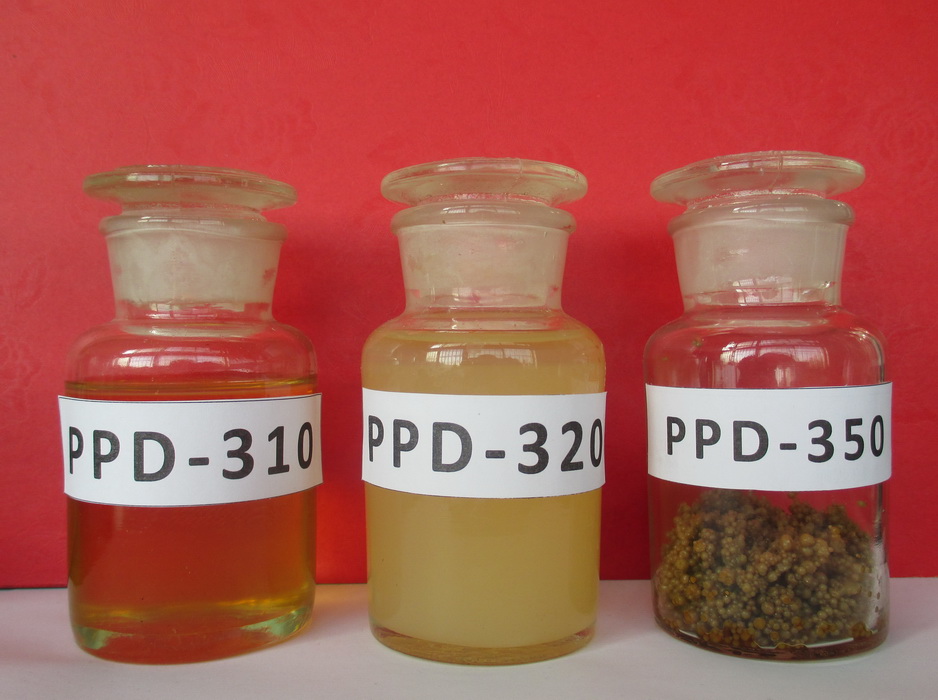Products

|
PPD series products |
|||||
|
Series |
Polymerization processes |
Initial particle size |
Expandion ratio |
Breakthrough pressure Gradient MPa/m |
Core permeability,um2 |
|
PPD-310 |
Microemulsion |
50~500nm |
>10 |
0.498 |
0.278 |
|
0.384 |
0.229 |
||||
|
0.608 |
0.135 |
||||
|
0.850 |
0.111 |
||||
|
PPD-320 |
Emulsion |
0.5~3μm |
>10 |
0.220 |
1.520 |
|
0.260 |
1.480 |
||||
|
0.360 |
1.570 |
||||
|
0.550 |
1.420 |
||||
|
PPD-350 |
Suspension methods |
0.5~5mm |
>10 |
|
|
Polymer Particle Dispersion is briefly called PPD, a kind of colloidal dispersions formed by different polymerization methods with a grain size ranging from Nanometers to millimeter levels.
It can be used as a single fluid profile control agent, and in the meanwhile it is a selective plugging agent. During the operation, the PPD is pumped with injected water into high water cut layer, making the injection pressure increase to force the injected water to change direction and enter layers with high oil saturation.
PPD has the properties of “easy pumpability, effective plugging performance and good mobility”.
1. easy pumpability: with the initial grain size in nanometer or micrometer, which is smaller than the diameter of formation pore-throats, PPD can be easily pumped into deep layers.
2. effective plugging performance: PPD can well disperse in water, aggregate and stay at the throat of formation water flow pores and thus cause fluid diversion.
3. good mobility: PPD is a Viscoelastic material, can transform, migrate and break through the formation under the influence of pressure fluctuation to achieve step-by-step plugging and in-depth re-plugging in the cores after breakthrough while avoiding dead plug-off.
4. adjustment: according to the geological conditions and requirements of site operation , the grain size, expansion rate, strength and concentration of microspheres-which serve as the profile controlling agent-can be adjusted to satisfy the production demands of oil fields with varying reservoir conditions.
Next: No records!
Previous: No records!